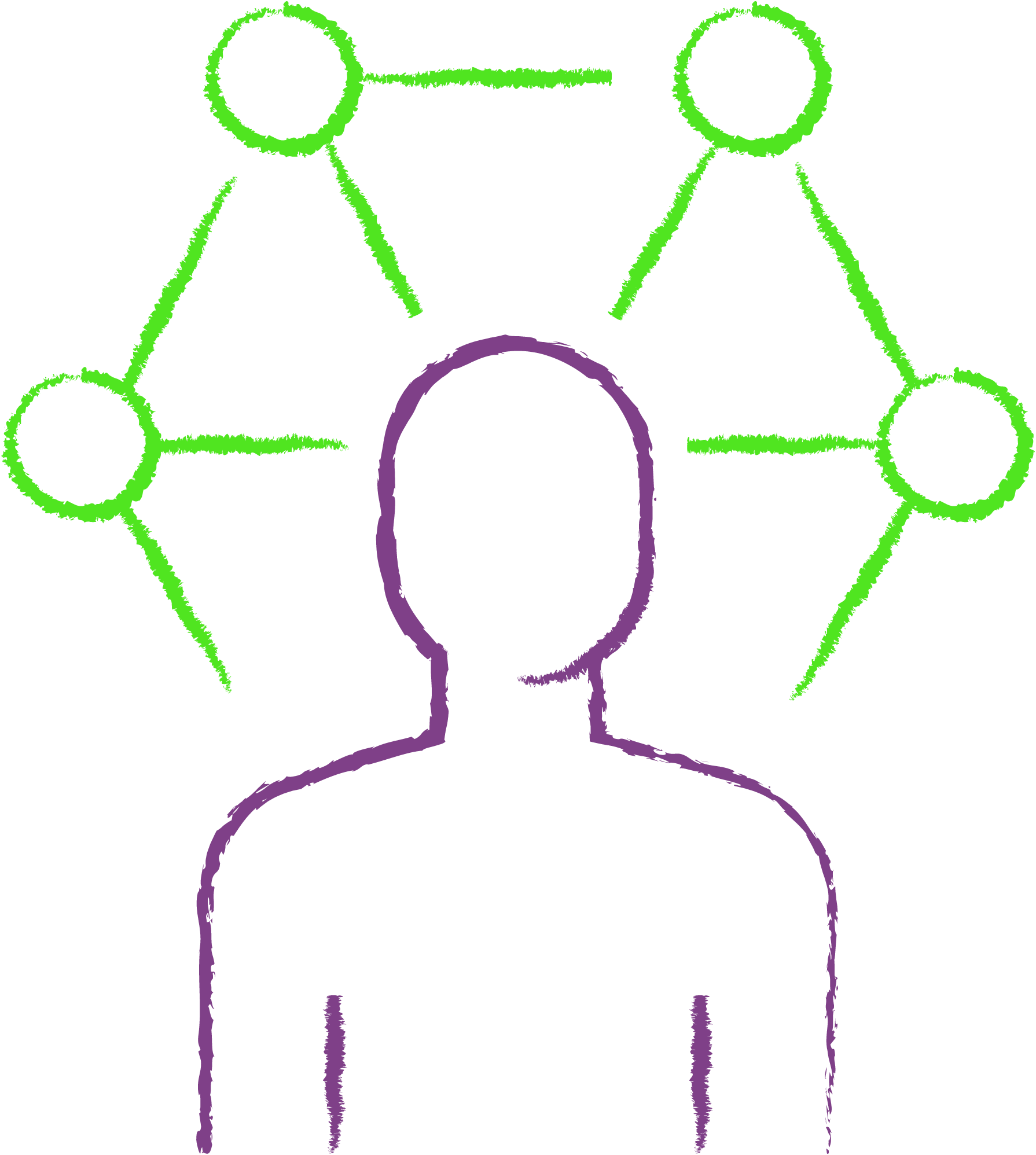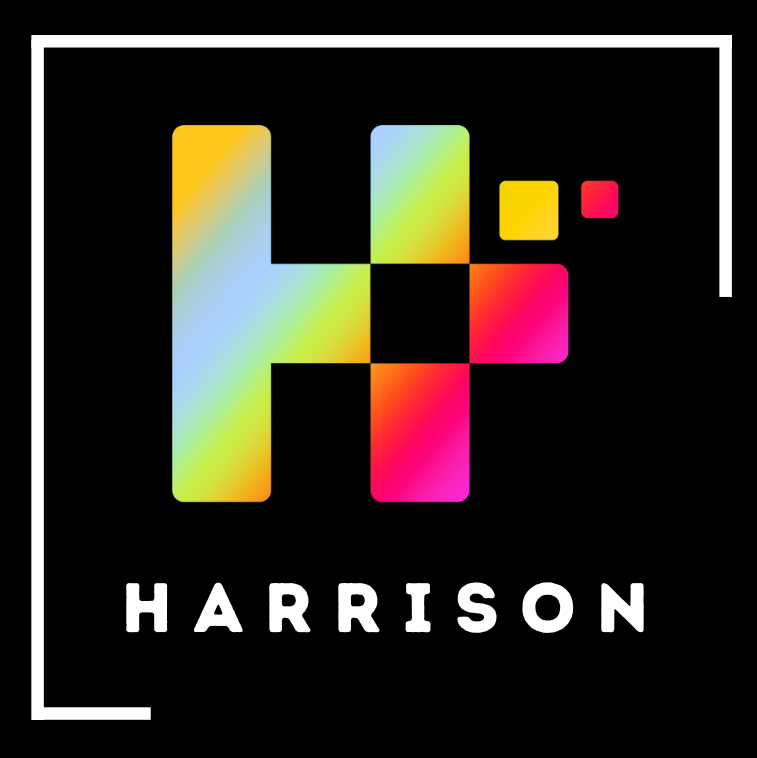DIGITAL SIAM:
ASSESSMENT, DESIGN, IMPLEMENTATION,
RUN AND TRANSFORMATION
DIGITAL SIAM:
ASSESSMENT, DESIGN, IMPLEMENTATION,
RUN AND TRANSFORMATION

service
overview
Harrison possesses the necessary experience, expertise,
and knowledge to effectively execute SIAM Design and
Implementations for private and public sector clients in the
UK. We have successfully created and implemented
complete SIAM Target Operating Models (TOM) in under 18
months. Our commitment extends to providing ongoing
support, enhancing, innovating, and streamlining service
delivery models and processes for numerous clients.
SIAM is a widely acknowledged framework that tackles the
complexity of overseeing various suppliers in a uni and
cohesive manner. In addition to outlining the amalgamation
of services, SIAM is frequently utilised as the blueprint for
enhancing and streamlining individual services. In this
scenario, organisations implement a blend of ITIL
suggestions along with their own expertise and established
best practices.
it target operating model
A new IT Target Operating Model lies at the core of a thriving SIAM capability, ensuring
seamless delivery throughout the entire IT ecosystem. It aims to:
Achieving a successful SIAM capability can be a challenging endeavour that varies based on an organisation’s initial position and culture. It necessitates a well-organised, multi-layered, and phased approach, as outlined in Harrison’s document. This proposition provides assistance specilly for cloud-based projects and services.
business need
Digital transformation provides an opportunity to unlock greater business value from
IT, provided that the obstacles associated with the concept of “digital everything” are
effectively tackled.
Harrison believes, the majority of organisations have a minimum of 5 service
providers solely for applications, with an average of over 30 IT service providers.
Managing technology-savvy and demanding business stakeholders, while utilising the
capabilities and skills of multiple suppliers, poses a signint challenge for IT
organisations.
The growing utilisation of cloud services brings in numerous new suppliers to the
supply chain, adding more layers of complexity and time constraints to market
demands.
Harrison interacts with SIAM clients in various scenarios and with diverse
requirements. We collaborate with our clients throughout their SIAM transformation
process by:
- Commencing with the evaluation to grasp the existing service management organisation maturity and utilising the results as a crucial component in developing a transformation strategy and operational plans
- Executing a SIAM TOM (comprising SIAM procedures and clients’ ITSM/ESM platform)
- Overseeing the SIAM ecosystem as a Service Integrator (Digital Operation services) with a series of SIAM blueprints and pre-conred Harrison SIAM ServiceNow platform for assistance
- Offering staff augmentation to aid in the day-to-day SIAM operations
Our clients’ needs and goals dictate the range and level of services we provide:
- Is there a strategic approach in place for Multi-Vendor Sourcing?
- Do we have clear visibility of the overall performance of the E2E Ecosystem?
- Are we effectively maximising the value for money from our Ecosystem?
- Are the services delivered consistently across the Ecosystem or do suppliers have their own separate processes?
- Are the tools supporting services interconnected or do we need to manually synchronise data between systems?
- Can we enhance the speed of implementing changes for the business?
- Are we dedicating excessive time to ghng instead of proactive measures?
- Are we optimising the value derived from our IT Service Management (ITSM)?
- Will transitioning to the Cloud impact our operating model? If so, how?
- Why does the user experience suffer despite meeting our Service Key Performance Indicators (KPIs)?
- Should we consider changing suppliers to foster more innovation?
- Are we effectively leveraging the value of our staff?
- Do we have a gap in skills and competencies within our organisation?
- Is the disconnect between IT and the business causing disruption, leading to shadow IT, increased costs, and risks?
As a part of the Digital SIAM model transformation, Harrison aims to integrate
Digital SIAM best practices into the operational environment of the client
organisation. These practices encompass:
- Consistent and unied operational procedures
- Consistent operational resources
- Data and Analysis for overseeing Service Excellence
- Consistent corporate interaction
- Consistent vendor interaction
- Supplier agreement harmonisation for SIAM
- Linkage among procedures
- Streamlining through automation to cut down on operational intricacies and expenses
- Regulatory frameworks for overseeing and coordinating with the Business, IT, and vendors
our approach
The requirement for Digital Transformation has given rise to an intricate network to manage:
Harrison’s comprehensive Digital SIAM offer encompasses all aspects of Digital Transformation. Our integrated approach to SIAM services allows for the optimisation of our digital ecosystem as a catalyst for value generation. With our extensive experience in facilitating organisations’ operating model transformation journeys for more than ten years, Harrison is well-positioned to provide Digital SIAM Service solutions and deliver results that are in line with clients’ overarching strategy, business priorities, and evolving operating model needs.
The Harrison Digital SIAM model offers a combination of the best features from two different worlds; the multi-supplier ecosystem offers ibility, innovation, and eciy, while the single source provider model ensures accountability and simplicity.
Harrison aims to optimize and expedite your organisation’s transformation
journey by leveraging our exclusive Digital SIAM Accelerators. The diagram
provided below provides a concise overview of the accelerators we employ as a
fundamental component of our SIAM engagements.
design and implementation
lifecycle
The Digital SIAM Design and Implementation Lifecycle is outlined in the subsequent sections, highlighting the signint deliverables from each phase.
There are a total of 5 phases involved in this process:
phase 1: siam maturity assessment and mobilisation
Service Integration and Management Maturity Assessment (SMA):
During this sub-phase, Harrison offers a Service Integration and Management Maturity Assessment (SMA) to evaluate the client’s organisational readiness for the SIAM Challenge. Our SMA is a diagnostic and advisory service that follows a proven methodology and incorporates lessons learned from previous SIAM implementations.
This enables organisations to evaluate their current maturity level and identify gaps in relation to
a target SIAM reference model. Our SIAM blueprint is often used as the reference for this assessment. The SMA provides detailed heatmaps, categorised as Red/Amber/Green, which depict the maturity levels of key SIAM capability areas and cross-tower processes.
This assessment is conducted through comprehensive questionnaires, interviews, and content reviews, such as documentation analysis. At the conclusion of this thorough discovery process, we deliver a set of detailed recommendations, including “quick wins”, based on the current state of maturity. These recommendations are summarised in a Maturity Heatmap at the top level.
Our produced material consists of three key components. Firstly, we provide a Current-State Report that offers a detailed assessment of the current service’s maturity level, highlighting any gaps and focus areas. Additionally, it identi good practices and capabilities that should be retained. Secondly, we offer a comprehensive recommendations document that encompasses both high-level transformation program objectives and specirecommendations and specitions for process and capability areas. This document is crucial in ensuring that each new construct meets the necessary requirements. Lastly, we provide an actionable transformation roadmap that outlines the steps and actions needed to achieve the desired transformation.
The results will undergo a thorough review, approval, and establishment of a baseline during a targeted workshop involving program governance and essential stakeholders, aligning with your unique business needs. These outcomes will serve as the primary inputs for the Design phase.
As stated in the overview section of this document, the SMA is available for purchase as a standalone service at a more detailed level. The extent of assessment and analysis can vary signintly depending on the context, and it is important to reach an agreement with you to ensure that a customised Statement of Work accurately represents the anticipated results.
The SMA can be acquired independently as a service with a higher level of detail, as mentioned in the overview section of this document. The depth of evaluation and analysis may differ greatly based on the situation, so it is crucial to come to a mutual understanding with you to guarantee that a tailored Statement of Work precisely rets the expected outcomes.
The evaluation will determine the gaps and reusable components found in current operations. It will cover the key assessment areas listed below, which Harrison recognises as needing a high level of rigor and maturity.
phase 2: siam design and
planning
phase 3:
siam detailed design and
implementation
Our Approach
Harrison’s strategy centres around delivering value and advantages to organisations during their transformation endeavours, while always keeping in mind that individuals are the most valuable assets within any organisation. This approach is supported by established OCM principles and emphasises the utilisation of tools and applications that facilitate change at the role level, where the true effects of change are felt and have the greatest innce. The
following diagram showcases the standard OCM processes and streams that we implement.
phase 4: siam operations
support (and exit)
phase 5:
siam transformation
After achieving a solid SIAM Operation, your company might consider enhancing governance, processes, technology, and skills. The diagram provided outlines Harrison’s strategy for advancing SIAM maturity and identifying opportunities for service enhancement and optimisation as you strive for operational excellence.
A SIAM Transformation Example through the POM (Product Operating Model):
Transitioning to a cloud and product-based digital organisation often necessitates substantial alterations to client work processes, the technologies employed, and the existing organisational structure. To address these challenges, Harrison’s POM offers a model and framework that facilitates a smooth and successful shift towards
ecient management of your cloud and digital business, all while ensuring the uninterrupted provision of your business services. Additionally, POM Design and Implementation encompasses DevOps advisory and resource augmentation services.
Harrison has developed a model that serves as a foundation for organisations looking to transition to a product-centric, DevOps-based target operating model. Drawing from our expertise in both SIAM and DevOps, we have carefully crafted this model to ensure a balanced approach towards achieving business and service objectives while also enabling rapid value realisation.
The target operating model comprises various essential elements:
- An adaptable strategy with proven delivery capabilities, already implemented within multiple UK organisations.
- Development of an operational model that enables Agile practices to coexist with traditional ITIL practices.
- A classition system outlining the operation of each component in alignment with new work methodologies.
- An empowered, sustainable approach to digital/Agile transformation that addresses legacy issues in Change, Problem, Incident, and Release Management.
- A structured approach to service tools like ServiceNow (potentially integrated with Agile/DevOps tools).
- An advanced method for monitoring end user experience and business performance of IT systems to ensure overall ency.
- A cost-ent DevOps approach that can adapt to business changes in scale.
why harrison
IT consulting that isn’t scripted, templated or one we did earlier We’ve regularly experienced a hit and run culture of IT service providers that create an amazing sales experience.
Yet still, the delivery has fallen short, leaving the customer to pick up the pieces, often at a considerable cost.
At Harrison, our IT consulting is all tailored to the individual customer needs and desired outcomes. We utilise all of the best practice frameworks (ITIL, COBIT, SIAM, Prince2, Agile, etc.) across the full enterprise combining the best elements to ensure your goals and objectives are met.
Our interactions with clients embody a friendly and pragmatic ethos, centred around people. We take a holistic 360-degree approach to our work, deliberately avoiding silo thinking.
Choose Harrison for IT consulting with bespoke solutions, meticulously crafted to align with your unique business
objectives.
